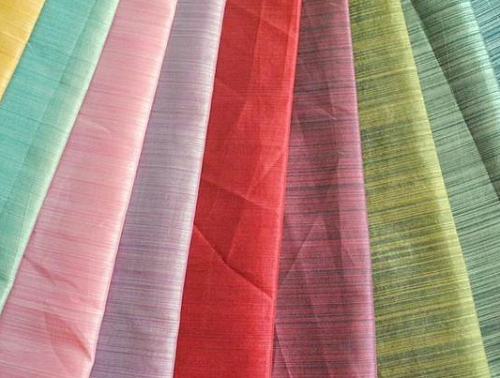The clothes we wear every day are made of fibers. Before chemical fibers were invented, the main source of fabrics relied on natural fibers. Natural fibers are divided into two categories: plants and animals. Now When selecting raw materials for many big-name luxury brands, they still choose natural materials first, such as silk, cotton, linen, or animal fibers. Although such materials are good, natural things have a lifespan and will change over time. It loses its original luster after being washed again and again. It is precisely because of this that non-natural fibers were invented. So how many types of chemical fiber fabrics are there?

Category of chemical fiber fabrics
Among the chemical fibers, spandex is the one that we usually come into contact with the most. There are also several types including nylon, polyester fiber and cellulose. Fiber, most of the jeans we usually wear contain spandex. With its addition, the originally inelastic pants will become shrinkable, and everyone will feel more comfortable after wearing them and will not collapse. In addition, polyester fiber is also called polyester. You may have never worn clothing made of silk or wool, but it is impossible not to wear polyester. This is a fabric with a relatively high density, so it is more wear-resistant. Suitable for pants, jackets, etc.
How to distinguish chemical fiber fabrics
Chemical fiber fabrics are much cheaper than fabrics made of natural fibers, so do you know how to distinguish them? Just by touching or looking. It is difficult to tell the difference. The simplest way is to burn it with fire. After the cotton and linen materials are burned, the ash will be very fine and have a grassy smell, while the chemical fiber materials will be granular after burning and have a kind of smell. The smell of burning plastic. Although there are many categories of chemical fiber fabrics, no matter what kind of chemical fiber fabrics, this fire method can be used to distinguish them from natural fabrics.
The mall provides wholesale and retail services for chemical fiber fabrics, including polyester, nylon, etc., as well as natural fiber fabrics such as cotton, linen, and silk. Friends who want to know more can search for the fabric name in the mall to check the price. .






